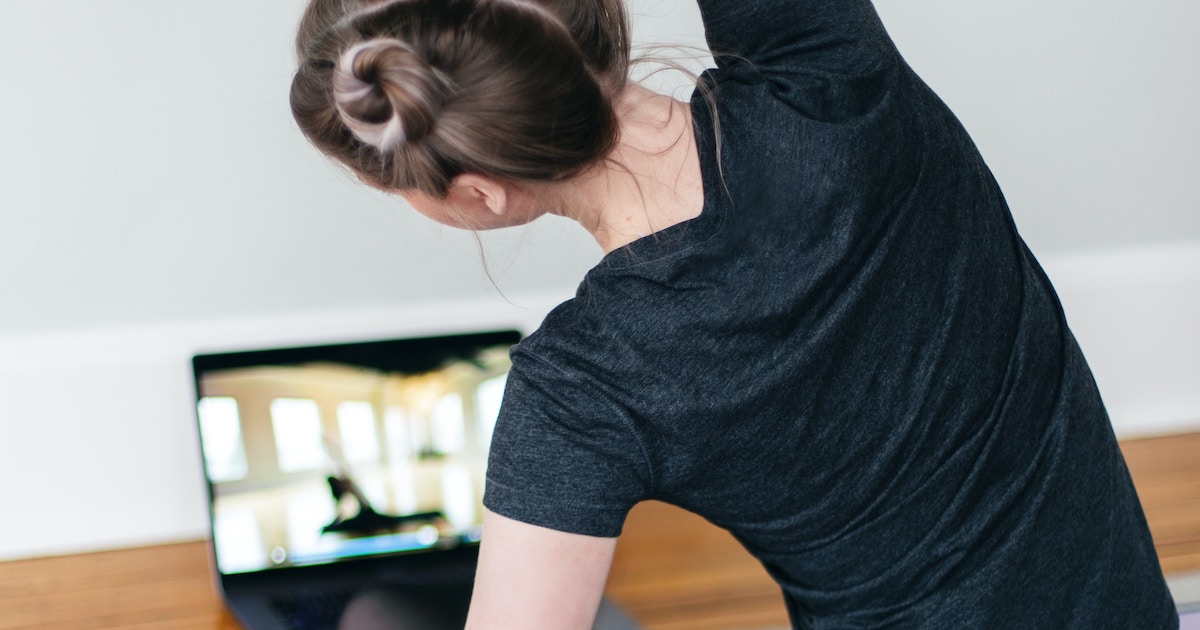FlexifyMe expanding beyond India with $1M seed funding
FlexifyMe, a health tech platform for chronic musculoskeletal pain management, has raised $1 million in a seed funding round led by Flipkart Ventures. This round also drew participation from GSF, iHub Anubhuti, Chandigarh Angels, Venture Catalyst, and OneCapital, among other investors.
Launched in 2021, the Indian startup combines traditional physiotherapy approaches with AI motion-tracking technology to offer personalised management of MSK disorders, such as back pain, spondylitis, arthritis, and knee pain.
In a statement, FlexifyMe said it will use its fresh funds to make its AI motion coach available in more Indian languages, supporting its local expansion. It also seeks to introduce its digital therapeutics app across the Middle East-North Africa and North America regions.
Lupin unveils digital diabetes support app
Mumbai-based global pharmaceutical company Lupin has launched a mobile-based patient support programme for persons with diabetes.
The digital diabetes management programme called Humrahi (which translates to “companion” in Urdu) offers doctor-guided comprehensive support, including personalised diet counselling, medication assistance, and tailored lifestyle modifications. It also features a guide for precise insulin injection.
Humrahi is now available on both iOS and Android devices and online via its website.
New women’s health app launched in India
Gurgaon-based digital health and wellness company Shyft has consolidated its women’s health services into a new brand.
Based on a press statement, it decided to create a separate brand focused on women’s health called Dash Health to fill the gaps in this area. “In the last two years of working in this space, we realised there is a severe lack of awareness and understanding in women’s health – not just around issues, but also available solutions,” shared Shyft co-founder Pooja Khanna.
Dash Health will carry Shyft’s solutions for PCOS management, menstrual and hormonal health, natal care, and menopause. This includes online communities, verified resources on women’s health conditions, and access to fitness and yoga classes and healthcare professionals for nutrition, dermatology, and other health concerns.
Fujitsu tries out AI-powered CXR-based bone assessment
The Fujitsu Group in Japan, together with AI medical device company iSurgery and the Jikei University School of Medicine, has started a project to use a novel AI-powered software for screening employees’ bone health.
Over the next 17 months, the partners will verify the practicality of conducting bone assessments using chest x-rays and the impact of such an approach on employees’ attitudes and habits around bone health.
A company-wide health screening will be conducted among Fujitsu employees in Japan utilising iSurgery’s Chest Bone Indicator, an AI-powered software for analysing bone health from chest x-rays. The employees will also receive health education and guidance for preventing bone diseases with knowledge provided by the Jikei University School of Medicine.
Based on a press release, this collaborative endeavour ultimately aims to create a cost-effective method of promoting bone health awareness and prevention as part of company health examinations.
Indian university researchers develop cheap continuous lung health monitoring system
A group of researchers from the Indian Institute of Technology in Kanpur and Kharagpur and the International Institute of Information Technology-Naya Raipur has come up with a low-cost continuous lung health monitoring system.
Backed with funding from the Ministry of Electronics and Information Technology, the lung health monitoring system consists of an acoustic mask with sound sensors and a smart corded device that can sense inaudible breathing sounds from a wearer’s mouth and nose.
According to a press release, this system is able to connect to the internet to send real-time data on the wearer’s lung health to their healthcare provider, enabling prompt interventions in case of patient deterioration.
This story originally appeared on MobiHealthNews

